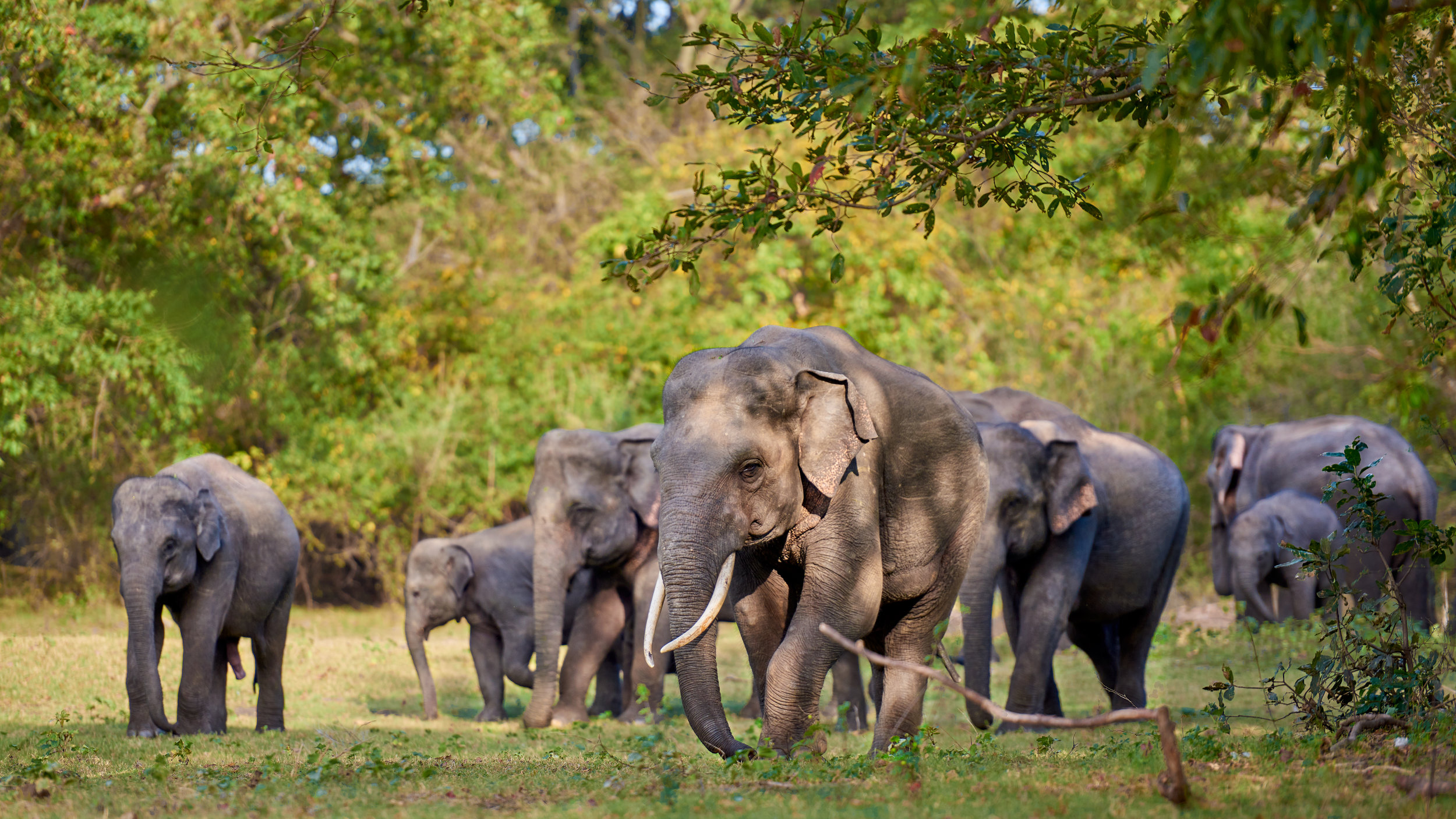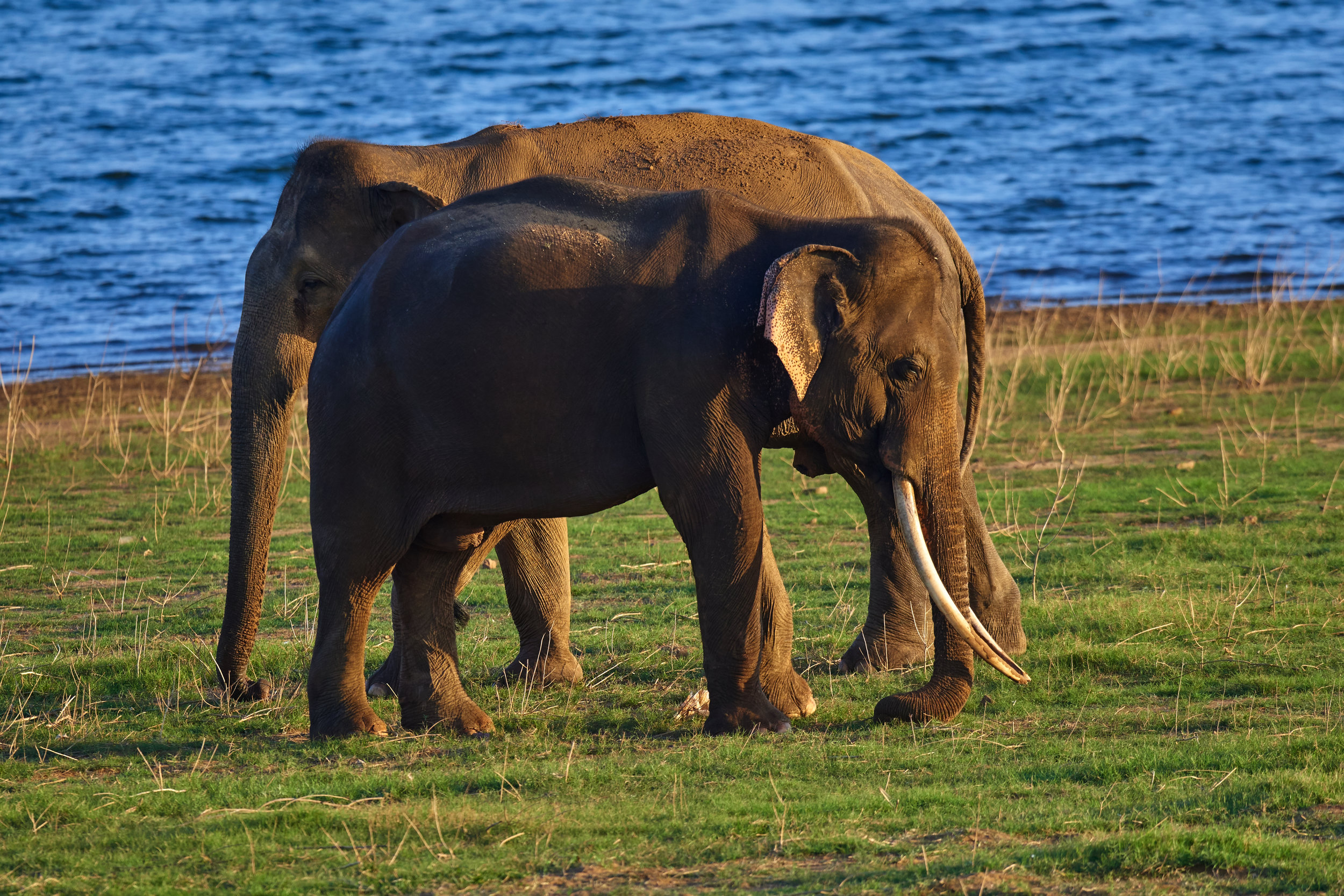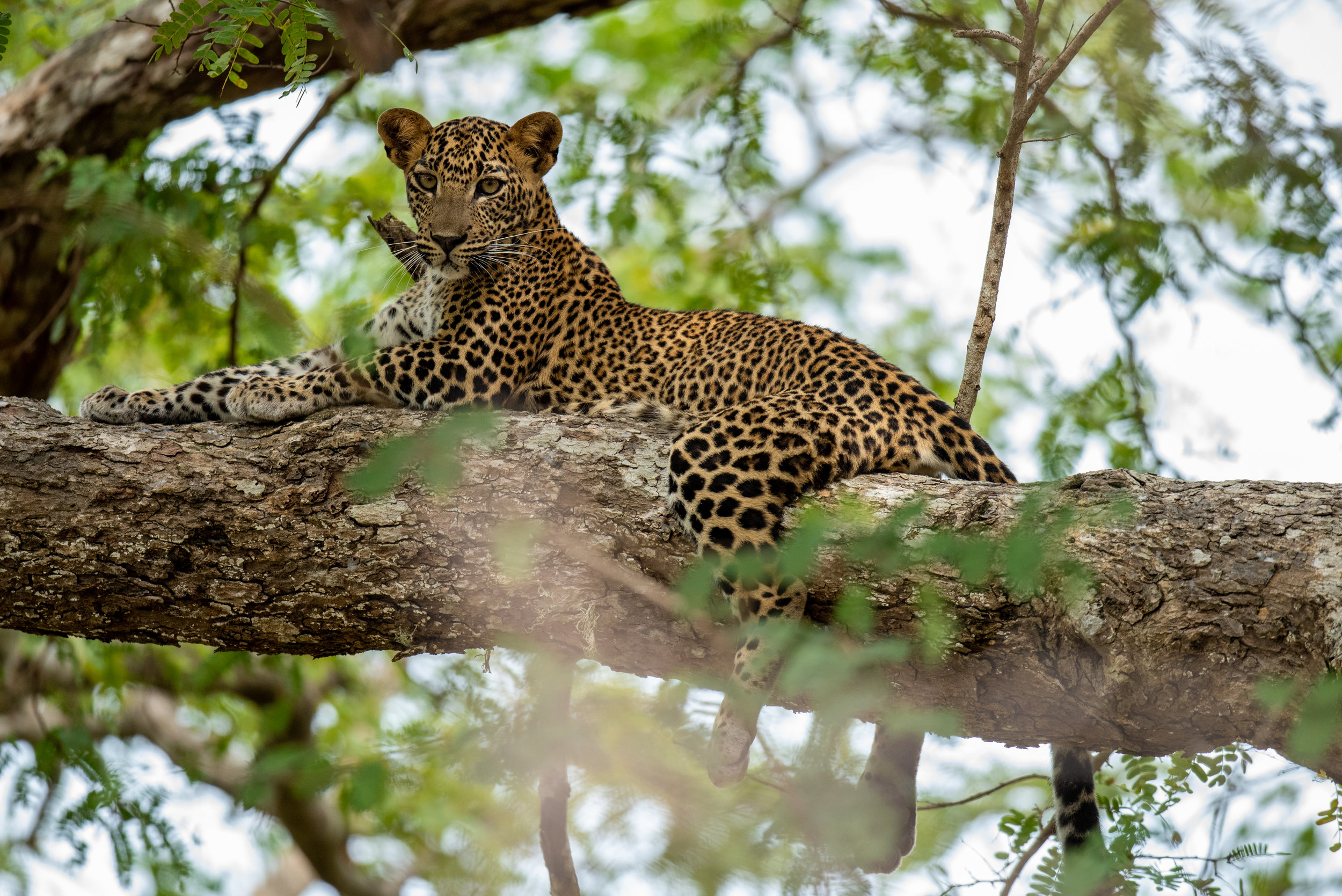Things to Do
Jungle beach
Photo by Suresh Atapattu
Buena Vista (pleasant view) of the Island along the Southern coast, the Jungle beach is worth enough for visiting. The beach is located nearly 7.5km from the main city, Galle and few kilometres from Rumassala, Unawatuna area.
Golden sandy shore and rich bio diversity background stoles every heart. When you enter the beach you can see the sun bath facilities around the cafeteria. If you need to relax yourself peacefully, print some more steps forward and you will get lost yourself in the deserted area of the beach. Although it is smaller in size, treat its guest well. Jungle beach is suitable to enjoy swimming without waves. The beach is rich in coral reefs and marine biology. In ancient days the place is used to take fresh water before starting great voyages. The stone inscriptions and residues around the area describe them well. The visitors love the beach as well as the pathway to the beach. Because the way to jungle beach was filled with many uncom
mon birds, animals, plants and helps to feel the jungle experience! As the Rumassala rock is a part of Himalaya range which was brought by “Hanuman” to heal the injured battalions in order to obey the request of King Rama, it contains many medicinal herb plants
Ref: https://www.allceylon.lk/
05 minute walk or 2 minutes by Tuk Tuk
Small Bar
Snorkeling Diving & Boat Rides
unawatuna beach
Photo by Harsha Wijewardene
With palm-lined beaches, turquoise waters and a good selection of cafes bars and restaurants, Unawatuna is very popular with travellers. The resort's location is superb, with the historic city of Galle just 6km away and a wooded headland to the west dotted with tiny coves.
Ref:Lonely Planet
05 minute by Tuk Tuk or 30-40 min walk
Restaurants, Bars & Clubs
Snorkeling & Diving
Boat Rides & Jets Skies
Scooter and Bicycle Hire
Galle dutch fort
Photo by Suresh Atapattu
Galle Fort (Sinhalese: ගාලු කොටුව Galu Kotuwa) , in the Bay of Galle on the southwest coast of Sri Lanka, was built first in 1588 by the Portuguese, then extensively fortified by the Dutch during the 17th century from 1649 onwards. It is a historical, archaeological and architectural heritage monument, which even after more than 423 years maintains a polished appearance, due to extensive reconstruction work done by Archaeological Department of Sri Lanka.
The fort has a colourful history, and today has a multi-ethnic and multi-religious population.The Sri Lankan government and many Dutch people who still own some of the properties inside the fort are looking at making this one of the modern wonders of the world.[4][5] The heritage value of the fort has been recognized by the UNESCO and the site has been inscribed as a cultural heritage UNESCO World Heritage Site under criteria iv, for its unique exposition of "an urban ensemble which illustrates the interaction of European architecture and South Asian traditions from the 16th to the 19th centuries.
The Galle Fort, also known as the Dutch Fort or the "Ramparts of Galle", withstood the Boxing Day tsunami which damaged part of coastal area Galle town. It has been since restored.
10 minute by Tuk Tuk
Restaurants, Bars & Cafes
Museums
Antique Shopping
Scooter and Bicycle Hire
japanese peace pagoda
Photo by Harsha Wijewardene
The Peace Pagoda is the stupa which was built by the Japanese Nipponzan Myohoji Nikaya in 23rd February 2004. It is called “Peace Pagoda”. There are four stupas of this kind in Sri Pada, Bandarawela, Walapane and Ampara. In addition to these you can see this type of stupas in America, India, Australia, Japan, Nepal and Italy. By 2000, 80 Peace Pagodas had been built around the world in Europe, Asia, and the United States.
Free to enter
10 minute walk
whale watching, turtle hatchery
Photo by Suresh Atapattu
The largest animal on earth the blue whales are found in Sri Lanka. This colony of Blue Whales are resident to the Sri Lankan waters and can be found all year around. Whale watching trips can be arranged from the reception and they usually start early morning and lasts until noon.
Whale watching can be done by air and flights usually depart around 6 am from the nearby Koggala airport.
On the way from whale watching there are many turtle hatcheries which you can visit and perhaps release a few turtles to the sea.
Udawalawe & yala national parks
Udawalawe national park and the Yala national park are two of the most popular safari parks in southern Sri Lanka. Udawalawa national park is famous for the elephants and theres also a nearby elephant ofanage which you can visit.
Yala National Park is famous for its Leopards. This is park is thought to have the highest concentration of leopard per square kilometer in the world. Yala also has a lot more animals including elephants.
Udawalawa National Park is 02 Hours away.
Yala National Park is 03 Hours away.
stilt fishermen
Photo by Harsha Wijewardene
Stilt Fishing is one of the most interesting traditional fishing methods of Sri Lanka. Records indicate that it came into being just after World War II. This mode of fishing was more widely used all along the coast until the tsunami in 2004 which caused such activities to cease temporarily until recent years. The beautiful sight of fishermen perched branched poles as they fish skillfully during dawn, noon and dusk; can now be commonly along the southern coast in towns such as Koggala, Kaththaluwa and Ahangama. Occasional stilt fishermen can also be seen amongst the waters of Madu River, etc.
Location - Koggala
20 minutes by tuk tuk









